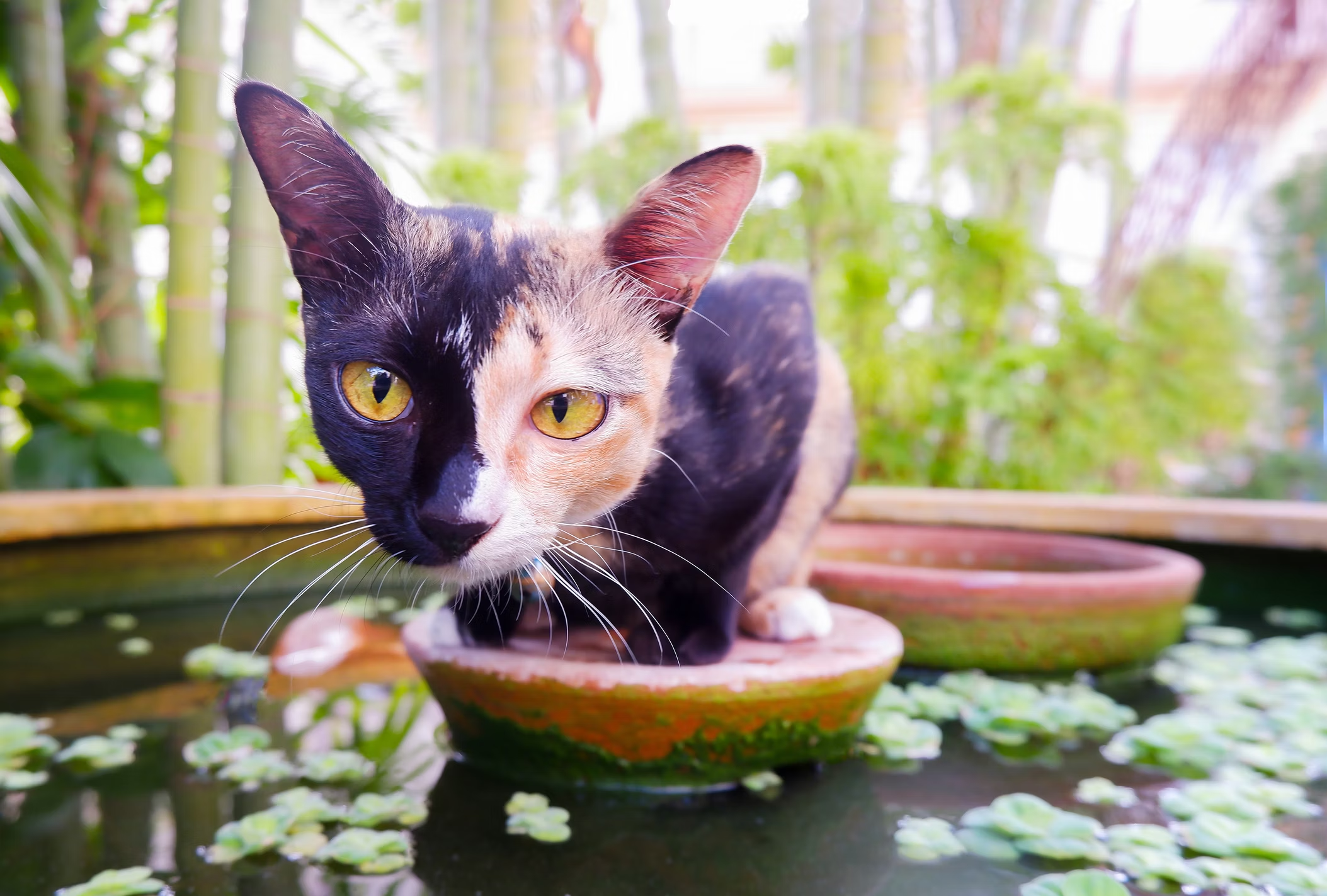Dogs and cats come in a seemingly endless combination of physical traits. But some of the most striking appearances are those shown by chimera or mosaic pets. Chimerism and mosaicism refer to instances where an individual animal has two or more different sets of genetic material in different parts of their body. While these conditions share similarities, there are key differences as well.
What is a chimera?
Chimerism occurs when two embryos fuse early in development, resulting in an individual animal with two distinct sets of genetic material. This can happen in two ways: either the embryos fuse completely, resulting in a single individual with a mixture of cells from both embryos, or the embryos fuse partially, resulting in an individual with two distinct cell populations. In the latter case, the individual may have a patchwork appearance, with some areas of their body showing one set of genetic material and other areas showing the other set.
In dogs and cats, chimerism can lead to some head-turning physical appearances. For example, a cat may have one side of their face that’s black with a blue eye, while the other side is orange tabby with a hazel eye.

What is a mosaic?
Mosaicism is similar to chimerism in that it involves an individual with two or more distinct cell populations, but the way it develops is different. In mosaicism, a genetic mutation occurs in a single cell during embryonic development, which then divides and gives rise to a population of cells with that mutation. The number of cells with the mutation varies based on when during embryo development the mosaicism occurs.
There are two main types of mosaicism: germ-line and somatic. In germ-line mosaicism, some egg or sperm cells carry the genetic mutation while the rest of the cells are normal. In this instance, the mosaicism is identified only when and if it’s passed onto offspring. In somatic mosaicism, the genetic mutation results in a pet with more than one genotype in their body cells.
The way mosaicism shows up physically depends on which parts of the body are affected. For example, a dog might have patches of white fur on the back of an otherwise black coat, or an orange tabby cat might have a stripe of black fur on a front leg.
Whereas chimerism is quite rare, mosaicism is fairly common, particularly in calico or tortoiseshell cats, or dogs with merle coats.

What to do if you suspect you have a mosaic or chimera
It’s important to remember that looks can be deceiving, and not all pets with unusual physical appearances are chimeras or mosaics. Other genetic conditions or environmental factors can also result in unique physical characteristics.
If your pet is a mosaic, there are no known health issues to be aware of. However, chimeras may have health issues due to having two different sets of DNA within their body.
Because the immune system is responsible for recognizing and attacking foreign substances in the body, it may interpret the other set of DNA in chimeric pets as "foreign" and attack it. This can lead to a variety of health problems, such as autoimmune diseases, organ failure, rejection of transplanted tissues, or infertility. However it’s important to note that there’s very little data available on the health of natural animal chimeras.
If you suspect your pet is a chimera, consult with your veterinarian to ensure they have a health plan tailored to their unique needs.















